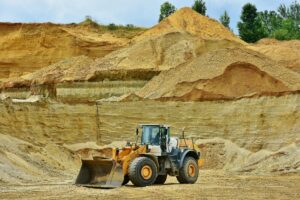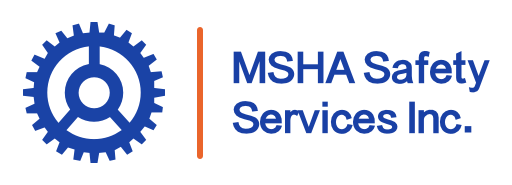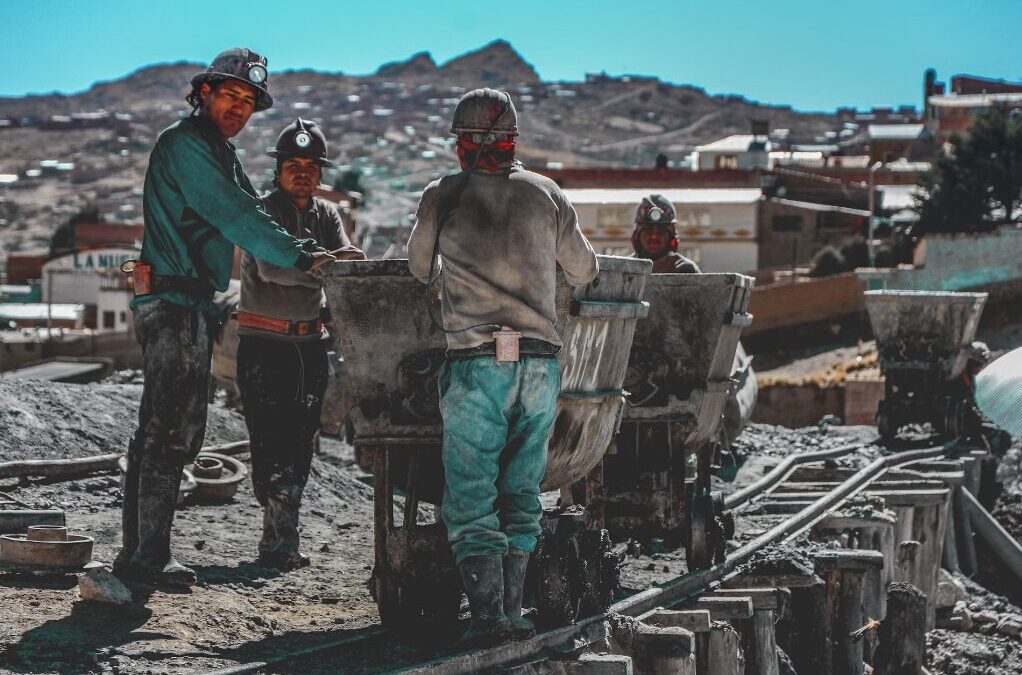The mining industry, with its unique challenges and hazards, demands a high level of safety and expertise from all who work within it. One of the key ways to ensure that safety standards are met is through certification programs like the MSHA (Mine Safety and Health Administration) Blue Card. But what exactly does it mean to be MSHA Blue Card Certified? This certification ensures that individuals are thoroughly trained in mine safety, specifically in areas covered by MSHA Part 48.
In this article, we’ll dive deeper into what it means to be MSHA Blue Card Certified, why this certification is important, and how you can become Blue Card trained.
What is an MSHA Blue Card?
An MSHA Blue Card is a training certification provided by MSHA. This card signifies that an individual has completed the required training and is qualified to work in underground mining environments, as well as the surfaces around these mines, and is a certification that signifies an individual has completed specific training under MSHA Part 48. This section of MSHA’s regulations outlines the mandatory training programs for miners and other employees in surface and underground operations.
The MSHA Blue Card certification is essential because it allows an individual to train others on MSHA Part 48 regulations. This part of the training covers the safety standards necessary for underground mining, which poses more significant safety hazards compared to surface mining. An MSHA Blue Card is a mark of comprehensive training, reflecting the holder’s ability to ensure safety and compliance in high-risk environments.
Why Would I Want to Be Blue Card Trained?
The Blue Card is particularly relevant for those who take on a safety training role, such as trainers and safety officers. Becoming Blue Card Trained comes with several advantages. MSHA Blue Card holders are authorized to train other miners on Part 48, which is crucial for maintaining high safety standards in underground mining operations, because the training required for the MSHA Blue Card is extensive. This ensures that certified individuals are well-versed in the latest safety practices and regulations.
Moreover, an MSHA Blue Card certification also qualifies you to train miners in Part 46, which covers surface mining operations. This dual qualification enhances your versatility and value in the mining industry.
The Importance of MSHA Blue Card Certification
Safety is the backbone of any mining operation. The risks are real, and the consequences of inadequate safety measures can be severe. As stated, MSHA Blue Card Certification ensures that individuals responsible for safety training have a deep understanding of the protocols, regulations, and best practices that keep mining environments safe.
Here’s why this certification is so crucial:
- Regulatory Compliance: Mining companies must comply with MSHA regulations, and having certified trainers on staff is a key part of meeting these requirements. The Blue Card is a clear indicator that an individual is qualified to deliver the necessary training.
- Expertise in Safety Protocols: The certification process equips trainers with the knowledge and skills needed to educate others on critical safety measures. This includes everything from hazard recognition and emergency procedures to proper equipment use and communication practices.
- Enhanced Credibility: Holding an MSHA Blue Card boosts an individual’s credibility within the industry. It demonstrates a commitment to safety and a thorough understanding of the complex regulations governing mining operations.
That’s why all our trainers at MSHA Safety Services are Blue Card certified. We believe that having qualified, experienced trainers is essential for delivering high-quality safety education to miners and is key to actualizing effective safety practices.

How Do I Become Blue Card Trained?
To become Blue Card Trained, you need to complete a specialized MSHA Part 48 class designed for instructors. This course is rigorous, ensuring that you acquire the knowledge and skills necessary to train others effectively.
Once you’ve completed the course, you must submit an application to MSHA to obtain your Blue Card. It’s important to note that while the approval for the MSHA Blue Card does not expire, you must remain active in training to keep your certification valid. If you do not train for more than 24 months, you may need to reapply.
There are various training courses available for becoming a Blue Card instructor, so you can choose one that fits your schedule and needs.
Wrapping Up the MSHA Blue Card Certification
Becoming MSHA Blue Card Certified offers numerous benefits, from the ability to train others to ensuring high safety standards in both underground and surface mining operations. It’s a credential that demonstrates your expertise, your commitment to safety, and your readiness to lead in the critical area of miner training.
If you’re interested in enhancing your skills and qualifications, consider pursuing the MSHA Blue Card certification. It’s a step towards not only personal growth but also improving safety standards within the mining sector.

